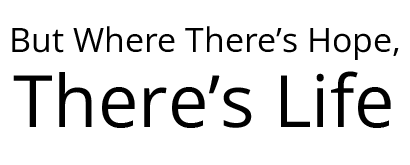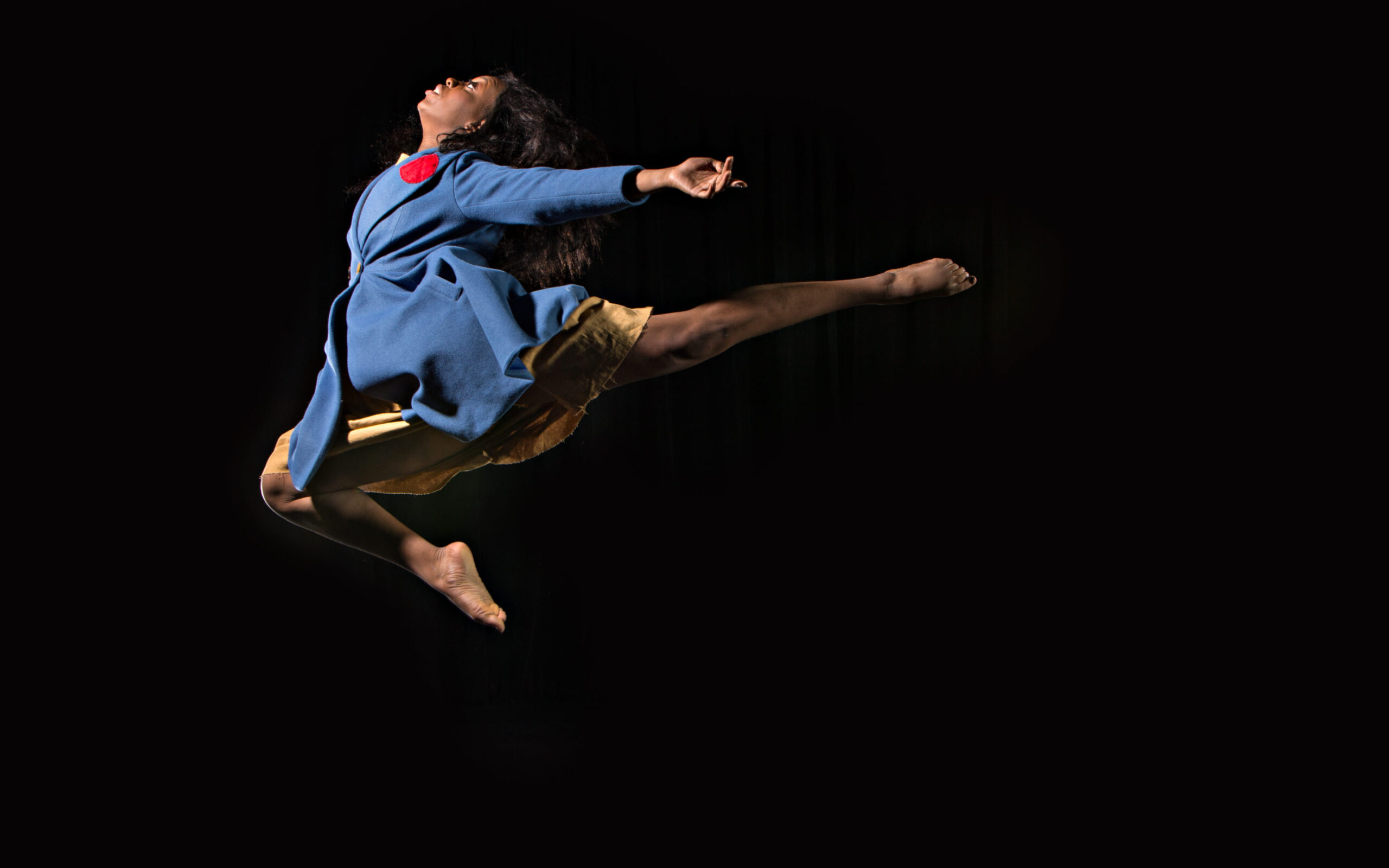Project Details
The Beginning
This project started with a vision almost 20 years ago. Inspired by the historical significance of this era, choreographers and project managers, Carisa and Chris, have discussed the possibility of this work ever since they met in 2003. Due to the sensitivity and historical horrors of the Holocaust they never felt it was the time to begin. In the past several years, it has come apparent that America and the world needs to be reminded of where hate leads us. Although they are nervous about taking on a project of this magnitude and wanting to “get it right”, Carisa and Chris feel they needed to stand up and “speak” out about the injustices happening in our world today. As artists, the best way to speak out is through their art form; dance. As they begin they are reminded of this quote from Holocaust survivor, Elie Wiesel:
“I swore never to be silent whenever and wherever human beings endure suffering and humiliation. We must always take sides. Neutrality helps the oppressor, never the victim. Silence encourages the tormentor, never the tormented.”
Elie Wiesel
In 2017, they began to create a section of the evening length work titled, Todesmärsche. At this point they weren’t sure if the dance stopped here, with one work, or if they would continue on to create the full evening they envisioned. In March 2019, Todesmärsche premiered at the American College Dance Festival South-Central Regional Conference. With positive reviews from audience and critics alike, they decided to continue on with their full vision. Project managers, Carisa and Chris, began to discuss the work with colleagues in the Theatre/Performance Studies Department, the Visualization Department, and the History Department at Texas A&M University, as well as two cinematographers they worked with back in 2007. Each person they talked to was interested in collaborating and also saw the “need” to speak and remind people of our history. The team of collaborators began meeting to discuss their vision of this performance and to begin working out the details. Each member of the team contributes to the project and brings their expertise, thoughts, and hope for the human spirit.
Why the Holocaust?
Some people have questioned the creation of art centered on this horrific time in history. This project was conceived 15 years ago but the creators’ reservations about addressing the Holocaust through art held them back. These reservations included that neither choreographer has Jewish ancestry, the ability to honor the memory of those impacted in a sensitive manner, and the scope of creating an evening length interactive work. Though Jewish people were the majority of those persecuted, there were many other populations that suffered including: LGBTQ individuals, gypsies, people with physical and mental disabilities, Jehovah Witnesses, and political opposition groups. HopeLife was developed to address the persecution of all those who suffered during the Holocaust. Martin Niemölelr stated in his poem, “First they came…” people must take action when inequality and persecution is taking place for any group. Art often mirrors society, reflecting upon the political and social unrest of the times. Current stories of marginalized populations persecuted, families separated, and children caged serve as a dangerous reminder that history often repeats itself. When hateful rhetoric is used to separate society, using “them” versus “us”, it is time to speak up. For us, as artists, this is through our art form.
Art and the Holocaust
Art about the Holocaust isn’t a new concept. As artists we speak through our medium. Artists of all ages have been creating art on the subject since the beginning, as a way to express emotion, to remember and to speak out about the Holocaust. Poets, Sudeep Pagedar (Holocaust), Cona F. Gregory-Adams (Hitler Burns), and Parel Friedman (The Butterfly) wrote about the Holocaust. Visual artists, Karl Robert Bodek, Kurt Conrad Löw, Leo Haas, Pavel Fantl and Leo Breuer all created drawings and paintings as part of the Yad Vashem Collection. Eva Fahidi, a dancer and holocaust survivor dedicated “Sea Lavender or the Euphoria of Being” to her grandson. Ballet Austin’s, Stephen Mills, has won numerous awards for his work
Art and the Holocaust
Art about the Holocaust isn’t a new concept. As artists we speak through our medium. Artists of all ages have been creating art on the subject since the beginning, as a way to express emotion, to remember and to speak out about the Holocaust. Poets, Sudeep Pagedar (Holocaust), Cona F. Gregory-Adams (Hitler Burns), and Parel Friedman (The Butterfly) wrote about the Holocaust. Visual artists, Karl Robert Bodek, Kurt Conrad Löw, Leo Haas, Pavel Fantl and Leo Breuer all created drawings and paintings as part of the Yad Vashem Collection. Eva Fahidi, a dancer and holocaust survivor dedicated “Sea Lavender or the Euphoria of Being” to her grandson. Ballet Austin’s, Stephen Mills, has won numerous awards for his work “Light/the Holocaust & Humanity Project.”




This artwork is a part of the Yad Vashem Collection, and were created by artists between 1939 and 1945.
A Full View of the Project
The goals of this project was to create an evening-length fully immersive dance theatre work, to educate students at middle/high schools, and to share this work on a larger scale with the community throughout the nation.
Phase One: In the Fall of 2020, numerous days of performances with multiple performances each evening took place in the historical district of Downtown Bryan. Audience members were guided from one location to the next. In this transitional journey, the audience heard recordings by Texas A&M Performance Studies students, which provided historical background information. These recordings were supported by materials and experiences to help set the tone for each portion of the journey. This type of nomadic theatre experience enhanced the feeling of not being fully in control of the situation and added to the sense of hopelessness felt by many Holocaust victims. Concluding the experience, audience members were able to interact with the creators and performers in a question and answer session.
Phase Two: During this phase, a proscenium stage version of the project was created in order to reach a larger audience. The stage version took place on the Texas A&M University Campus at Rudder Auditorium. The full nine-section work was presented through live dance. Audience members were able to experience this performance either in person or through a live stream.
Phase Three: The main goal of this phase is to educate middle school and high school students about the Holocaust. The educational experience will include lesson plans teachers can use prior to and after viewing either a live performance or filmed version of HopeLife. The other goal is to share this project beyond our community. In this phase, cinematographers, Igor Kraguljac and “V” Shetti will create a dance film version of the project. This film version will be able to be used in an educational environment, as well as being submitted to film festivals.
What the Critics are saying
An excerpt of the project, Todesmärsche, was performed at the American College Dance Association’s South-Central Regional Conference in March 2019. Adjudicators viewing the dance work made the following comments:
- Reflected a marker in our history
- Was hypnotic, powerful, stunning
- The choreographers bring us fully into the work and show us where to look
- The patience of the choreographers to develop the work is bold
- Strong execution of the technique while performing with a sense of abandonment
What the Audience is saying
“…what a wonderful and profound experience I was provided with. I was both amazed and emotional with the story telling. I think you all did an absolutely wonderful job in both telling the story of the Holocaust and making the audience feel something authentic…thank you for the experience. I find these are the stories that need to be told and I’m glad the chance to showcase the various departments’ skills was used for this purpose.” – Elijah Durand ’20, TAMU Student

